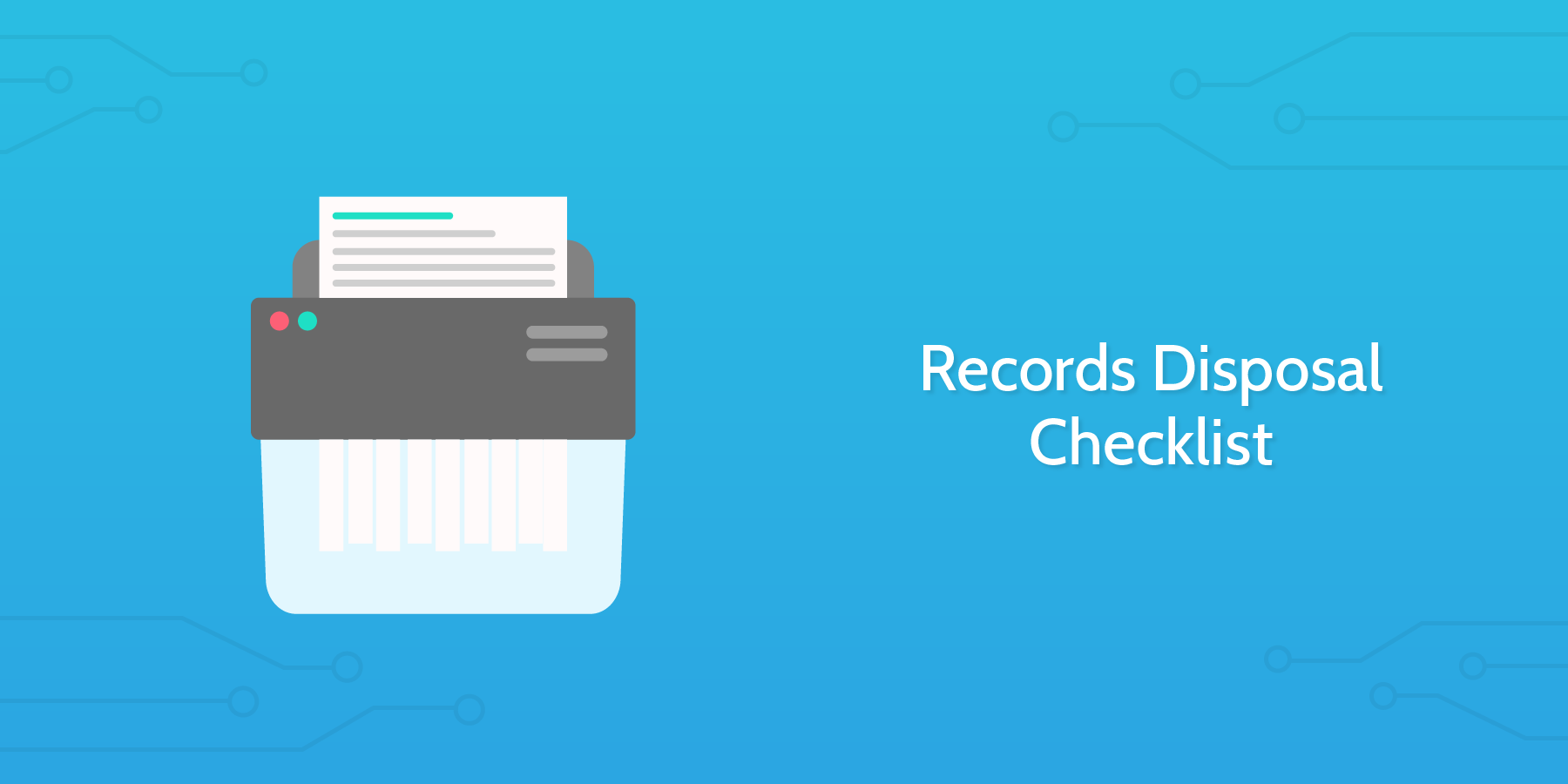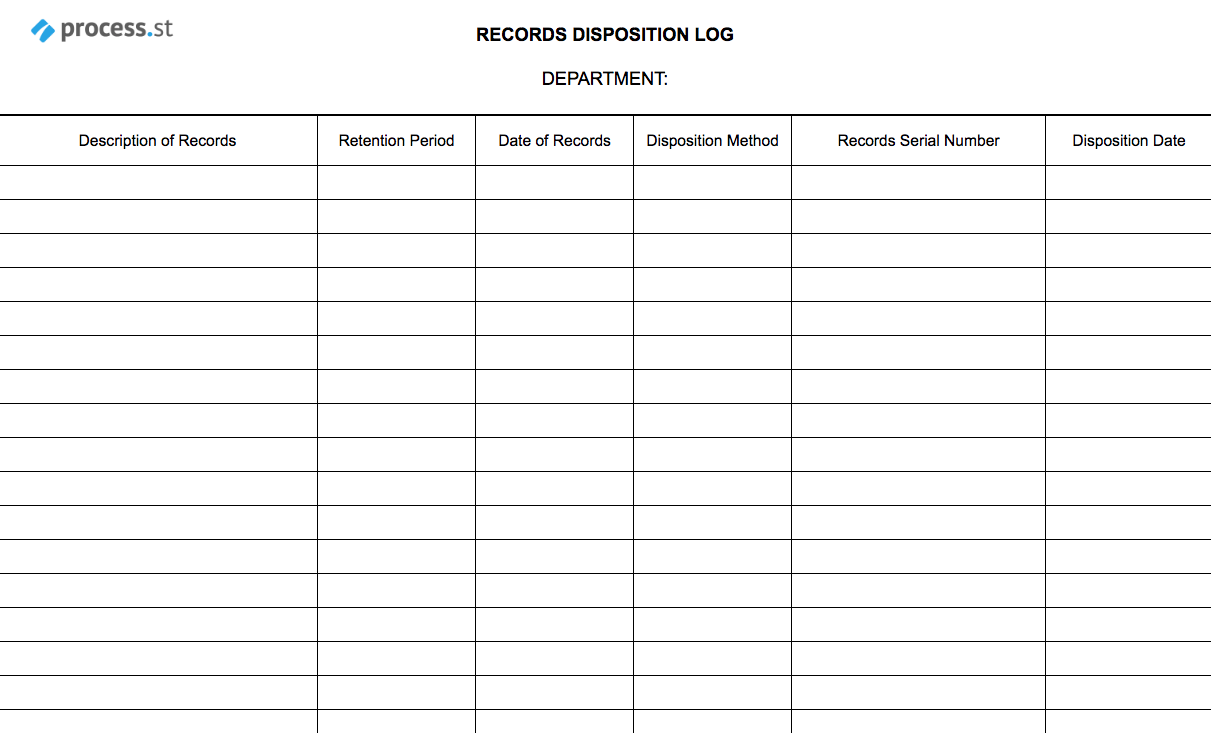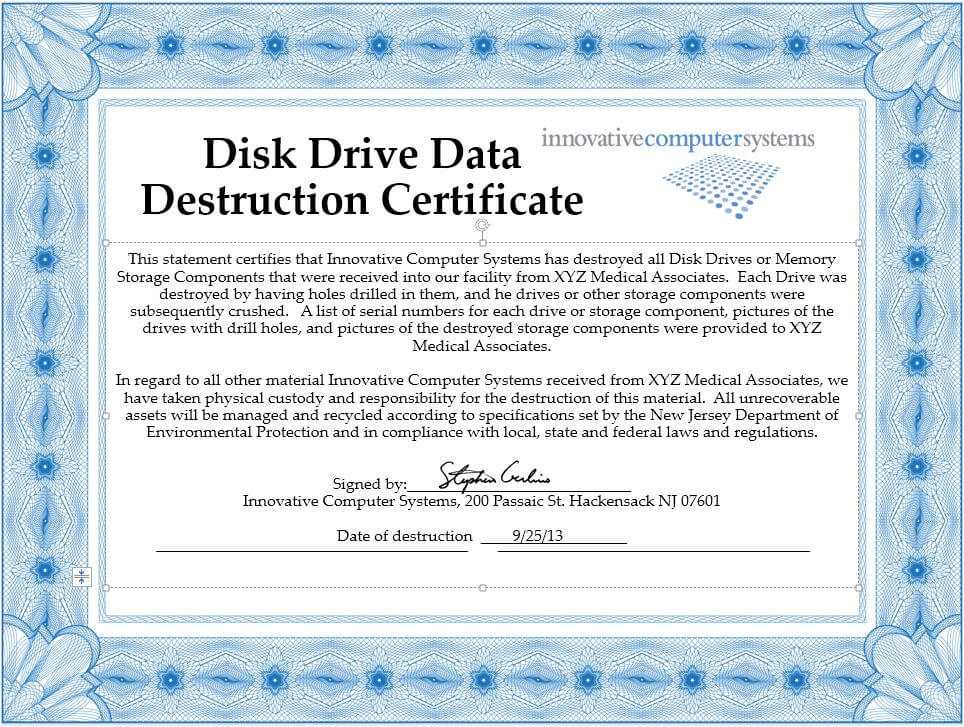Keeping track of your business’s paperwork and digital data can be an overwhelming responsibility.
A well built-out record retention policy is absolutely essential for office managers to organize all company records and know when to dispose of them. It is also important to ensure compliance with financial and legal requirements.
According to Erik Eckel from TechRepublic, "A data retention policy is the first step in helping protect an organization's data and avoid financial, civil and criminal penalties that increasingly accompany poor data management practices."
Record disposal is a particularly crucial component of record management as it could cause a costly legal situation if not executed properly.
Whether your records are paper or digital, need to be destroyed or retained in a storage facility, this checklist will guide you through a simple method to ensuring that you are disposing of records in a compliant and efficient manner.
Let's get started.



